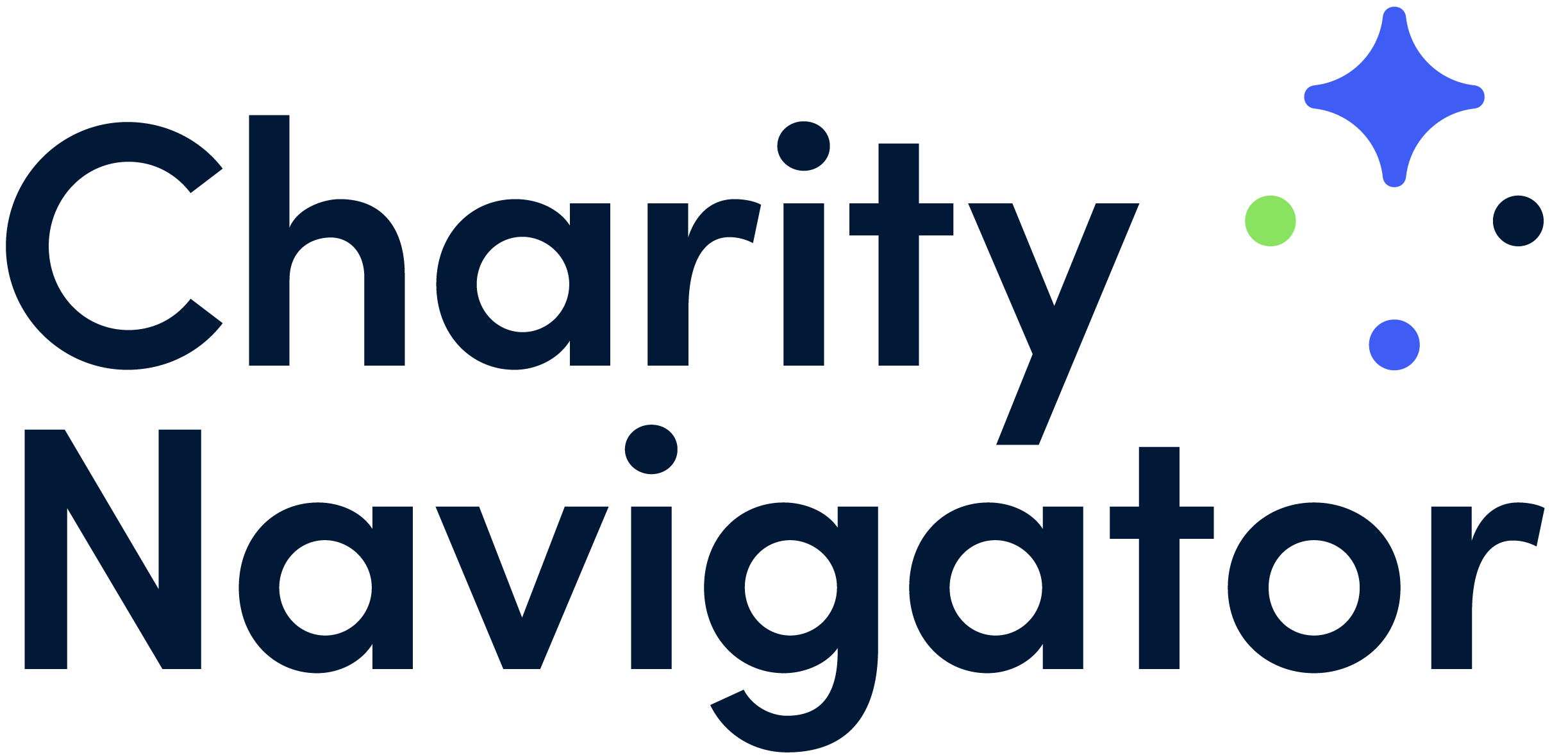
Giving During Economic Downturns
As people struggle to make ends meet amid rising costs, charities providing essential services will see an increase in the needs of the communities they serve.
History suggests that even as demand grows, economic downturns reduce charitable donations. In 2008, charitable giving dropped 7 percent in inflation-adjusted dollars, followed by another 6.2 percent decrease in 2009. Giving didn’t begin to rebound until 2010, with just a 1.3 percent increase.
Why Does Giving Decline During Downturns?
During the 2008 recession, 2.6 million jobs were lost in the U.S. This impacted individuals and families across the country, many of whom found that they needed charitable services, even those who previously had enough to support those same services. Predictably, households more impacted by the 2008 recession experienced slower recovery and were slower to resume charitable activities.
Additionally, the stock market crash impacted the giving of those with more wealth. People who lose money in the market are less likely to feel they can afford to be generous.
As job loss and capital loss conspired to cut giving across the socioeconomic spectrum, job loss increased the reliance of Americans on nonprofit services. For example, food banks reported a 30% increase in people seeking assistance.
What Does This Mean for Giving in 2022 and Beyond?
While the structure of the current downturn is very different from the recession of 2008, there are valuable lessons we can apply to our current situation. For example, the mass job loss of the 2008 recession is not currently a factor. Instead, we see inadequate pay and high inflation putting working people in financial distress. However, some of the patterns we saw in 2008 are likely to repeat. Increased reliance on nonprofit services is a possible outcome, as is lower giving among those most impacted by rising rent and inflation. If we see a sustained downturn in the stock market, that will also likely be a factor in giving this year.
In the first half of 2022, Charity Navigator had 32.08% more visitors compared to the same period in 2021. This increase over 2021 was still 26.6% fewer visitors than the site had in the first half of 2020. This data is not a comprehensive view of giving in America, but it does provide some insight into the giving landscape.
It is too early to say how the rest of the year will go, and because one-third of charitable giving takes place in December, shifts in the market leading up to the end of the year will have a significant impact on the total giving for the year. Without relief from inflation and rising rent, it is unlikely the households in the lower socioeconomic brackets will be able to grow - or even maintain - their current levels of giving. If the economic downturn worsens and persists, the generosity we saw in 2020 may be needed once again, but will donors meet the moment?

Action Steps for Donors
Donors with means have the opportunity to step up and maintain or, ideally, increase their giving to meet the needs of communities. Here’s what to consider when determining how much you can afford to give and how best to provide your support:
- Calculate your budget. What can you spare for giving? This number may have decreased amid rising costs, but you may find that you can afford to be more generous than you have been previously.
- Assess your strategy. Economic downturns will hurt all charities, but some will face increased burdens. Which organizations will need your support most? In the last two years, Charity Navigator saw an increase in the need for programs providing food, clothing, and other critical services. In our GivingTuesday 2021 report, for example, the leading cause area supported by donors was human services.
- Commit to giving. Recurring gifts are a great way to support nonprofits, especially in times of uncertainty. Scheduling a monthly or quarterly gift through a charity's website or the Giving Basket will set you up for success.
Are you interested in more detail regarding crafting a philanthropic giving strategy? Read this.
Action Steps for Charities
As donors reduce or eliminate their giving, nonprofits need to increase fundraising efforts to maintain or grow donations.
- Shift your messaging. As needs grow or change in your community, inform your donors. Make them and potential donors aware of the significance of their contributions.
- Double down on retention. Your existing donors are a vital resource; make sure they know it.
- Focus on high-net-worth donors. Small donors are more likely to be impacted by the economic downturn and be forced to cut or eliminate their donations. Tailor your efforts to those who are least impacted.
While the economic future is uncertain, planning for a sustained downturn is prudent. Whatever may come, donors and nonprofits will be needed. Let’s be ready.


